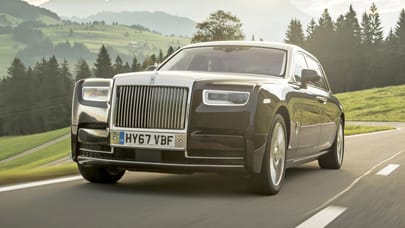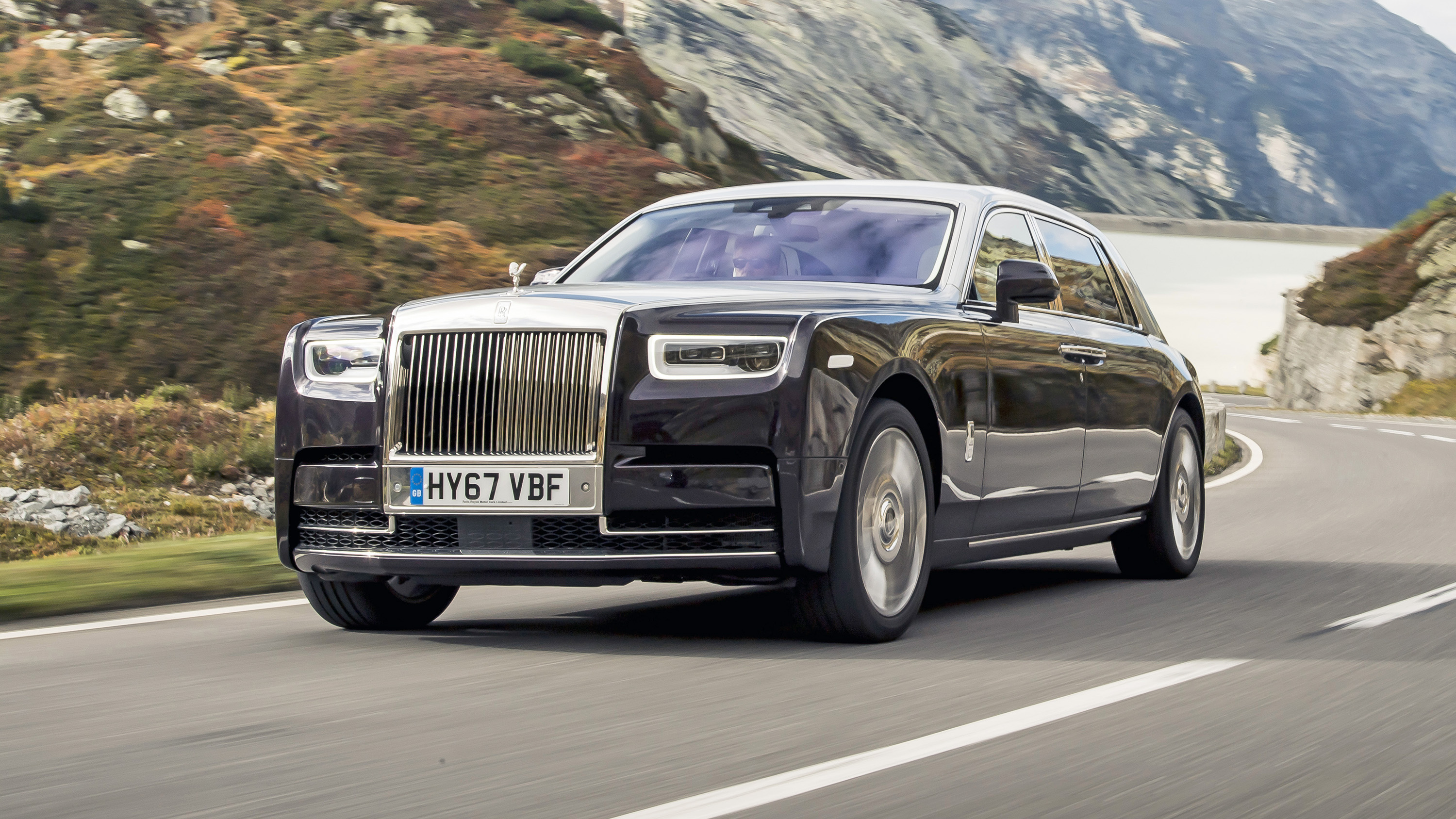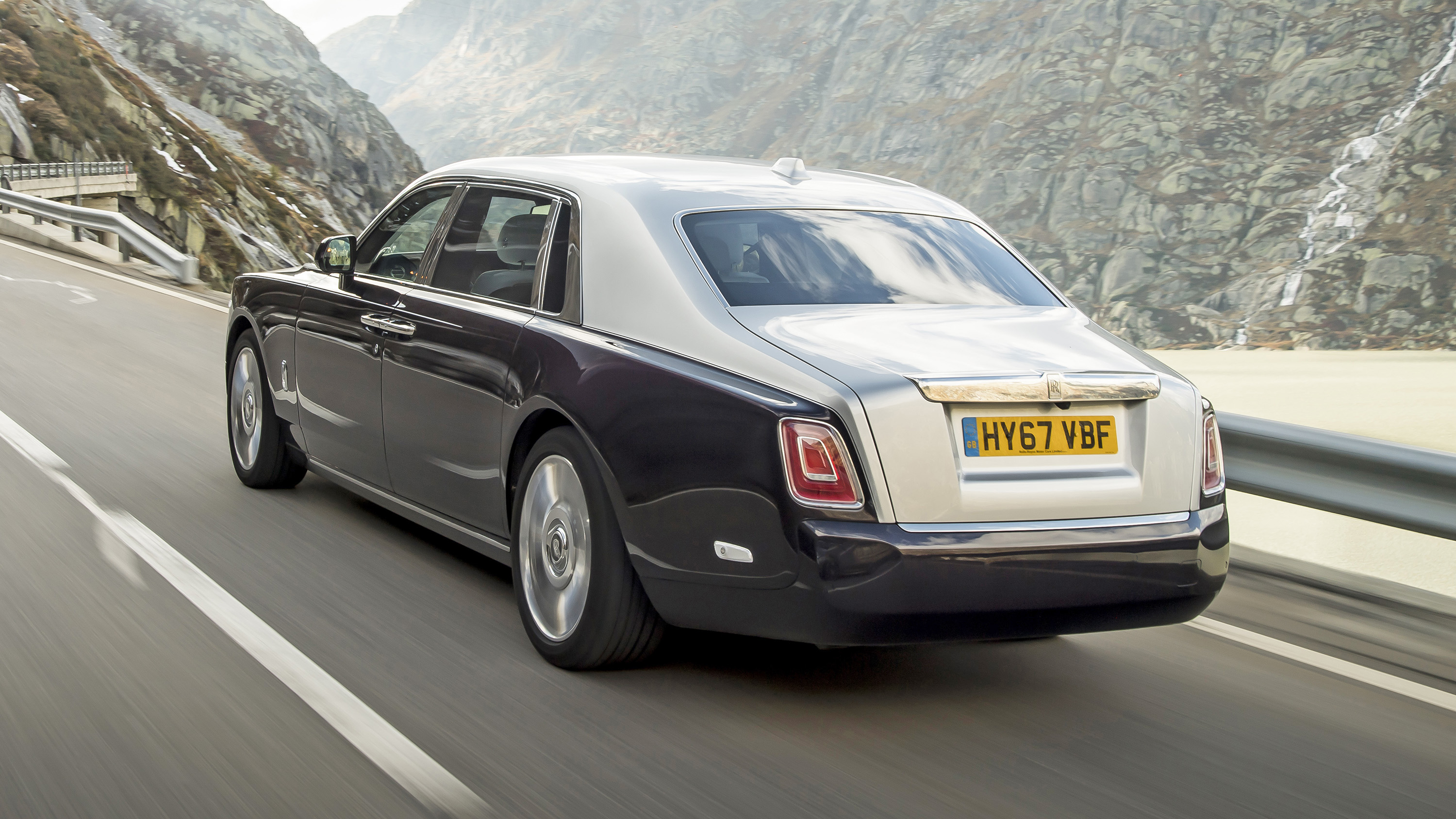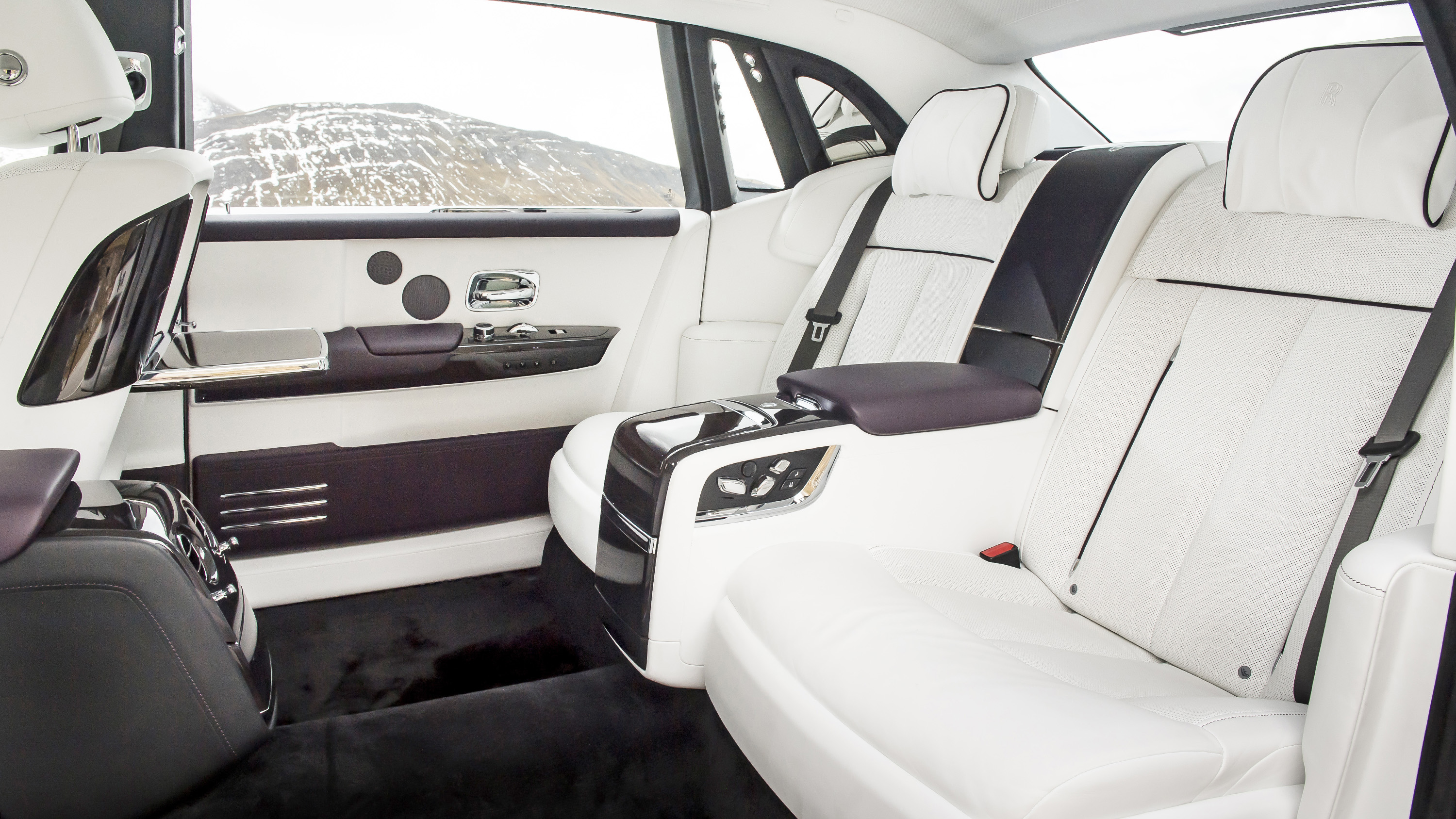
Rolls-Royce Phantom review
Driving
What is it like to drive?
Some interesting things have gone on here. Many owners – patrons, as Rolls rather loftily describes them – actually like to drive themselves, so there’s a renewed emphasis on attributes you might not associate with a car as big and luxurious as this.
Feedback, for example. The old one didn’t really do so much of that, preferring to keep you at arm’s length from the ghastliness of the real world, its crumbling roads, and failing political ideologies. This one is still highly diplomatic, but in addition to the fabled magic carpet ride, there’s more dialogue.
The wheel is a tad thicker than before, and there’s fully electric power steering, but the mode of operation remains the same for the chauffeurs among you: slide the delicate little column stalk into ‘D’, apply the merest suggestion of pressure to the throttle pedal, and ease away in such a manner as not to rustle the copy of Pork Belly Futures Digest that’s being mulled over in the rear compartment. Otherwise you’ll be mulling over your P45.
And it does actually handle. Or more accurately it can handle, should you elect to lean on it. But even with a (heavily revised) version of Rolls’s 6.6-litre twin-turbo V12 – it’s 6.75 litres in capacity here, and makes 563bhp – it feels inappropriate to trouble the power reserve gauge any more than is strictly necessary (no rev counter in here, of course). Which, given that you’re surfing along on a huge wave of torque, 664lb ft from 1,700rpm, is mostly never.
The essence of a Rolls-Royce is a driving – travelling – experience that is beyond even that summoned up by the plushest Mercedes S-Class or BMW 7 Series. You don’t notice things as humdrum as gearchanges (the Phantom uses ZF’s silken eight-speed transmission), and you only notice really awful road surfaces. If you’re in the back, you don’t notice much at all. Which is the point: in a Phantom, silence isn’t just golden, it’s omnipresent.
Variants We Have Tested
Trending this week
- Car Review
BMW iX3









